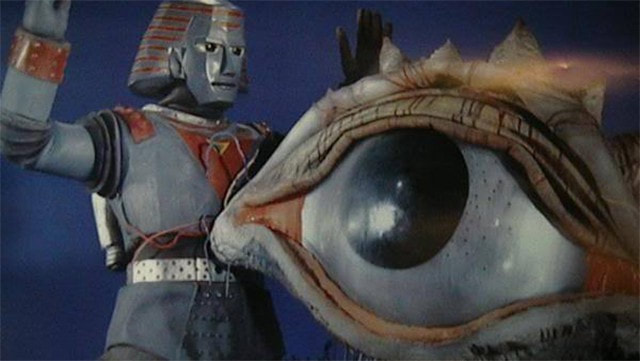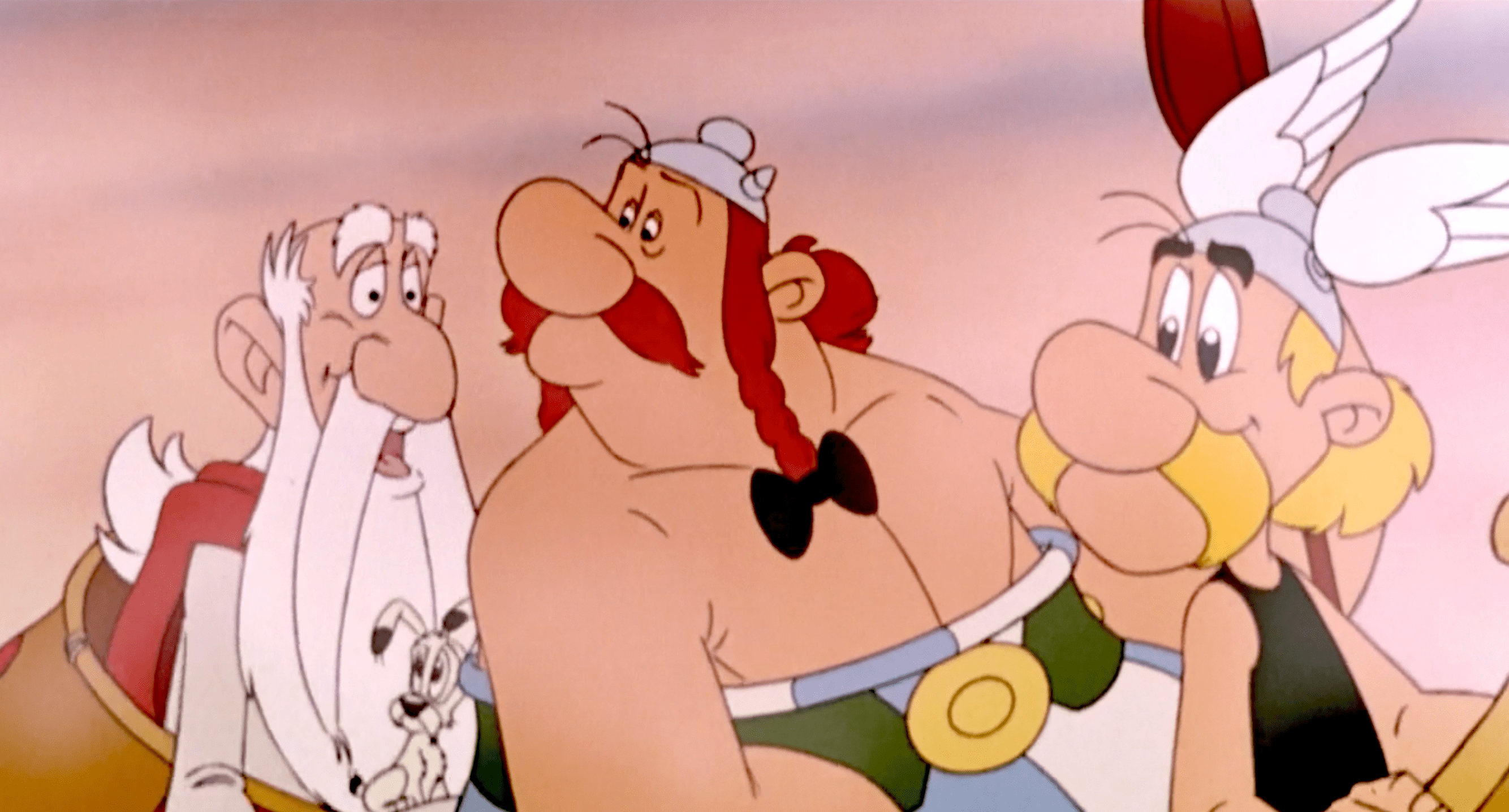
What is it about women and snakes? Always lots a trouble with those women and their snakes. In this case it is the story of the petulant goddess Mansa. She is the goddess of snakes and she wants attention, lots of attention. She is determined to be worshipped by everyone on Earth. She is the daughter of the great god Shiva The Destroyer so you better watch out when she comes around. In addition she can make cobras magically appear out of thin air so you better double watch out!
Naag Panchami was made in 1972 by Babubhai Mistry who specialized in devotional Hindu films. His films are not so different from The Ten Commandments or The Wizard of Oz. Even with a smaller budget Mistry’s films have the fanciful grandeur, stagey feel, and child like wonder that we see in our own grand scale mythological films.
Naag Panchami also has many similarities to the old testament story of Job. Both stories revolve around unwavering faith and devotion in face of intense suffering. All gods, be they eastern or western, are obligated to explain why bad things happen to their most faithful adherents. Their followers must learn to stay steadfast in their beliefs regardless of what is happening around them. Similar to a Trump supporter.
In Naag Panchami the rich and benevolent king Chandradhar is Shiva’s most faithful devote. Unfortunately Chandradhar happens to cross paths with Mansa who is a nasty bit of work with fabulous costumes. She wants Chandradhar to worship her because all of his subjects will follow his lead, but Chandradhar sees immediately that she is a greedy, arrogant goddess undeserving of his praises. The film is basically Mansa subjecting poor Chandradhar to one grave misfortune after another.
Western monotheism presents a difficult problem in understanding god’s motivations. How can one god be the god of love and forgiveness while also being the vindictive, jealous, wrathful villain who sends people to hell? In polytheism this is easily solved by having good gods and bad gods. In monotheism it’s a quagmire. Believing in the devil is a remedy but then are you really a monotheist? In the story of Job, god allows the devil to torture Job, In Mansha and Chandradhar’s case Shiva is letting his daughter get away with torturing Chandradhar because he loves her, and actually doesn’t really seem to be paying much attention.
As a film Naag Panchami is extravagantly colorful. Even the opening credits are like an animated Matisse collage. Snakes, shapes and text slide around the screen in brilliant saturated blue, magenta and acid green creating a garish, glowing extravaganza.

The same pallet is employed for a series of strange transitional elements. Between some of the scenes we are treated to psychedelic abstract cartoons. They are just a half second long but they shift or expand across the screen in a burst of color between cuts.

On top of all the color and mythic sized drama there’s music and dancing too. Bollywood is nothing if not generously ebullient. One of the many pluses you get when watching devotional films is the more traditional style of singing and dancing. There is nothing wrong with the groovy moves of the more popular romantic Bollywood, but the traditional music found in devotional films is particularly beautiful. There’s no synthesizers or drum machines, just beautiful winding melodies over driving Dholak and tabla.

The costumes are elaborate vision of glittery riches. Some go further over the top than others. There is definitely an emphasis on women’s breasts. Either they are squeezed into pointy bras and covered in sequins or they are wrapped up in coiled brocade or rubber serpents.

Naag Panchami has all the big hitters: Shiva The Destroyer, Vishnu The Preserver, Brahma The Creator and Yama The God of Death. There is a little something for everyone. I’m not sure but I thought I saw a young Krishna in there as well. You don’t need to know the vast and complex pantheon of gods and myths to enjoy this film. It may be surprising at times if you don’t know who Hanuman is and a giant half-man, half monkey comes swooping in to save the day, but you will surely enjoy the unpredictable novelty of it.

There is an annual snake festival in India called Naga Panchami. It celebrates the story in this film but also celebrates a wide variety of myths involving snakes. Snakes are often depicted as devious and spiteful in Indian narratives. An understandable reputation considering snakes kill 46,000 Indians every year, but snakes are also symbols of emotions that need to be tamed. Shiva wears a snake around his neck as a symbol of his overcoming passion and anger.

Everything and everyone in Indian mythology always encompasses their opposite. Shiva is the god of destruction but it is only through destruction that creation is possible. Vishnu is male but he also female and can appear as his wife Lakshmi. Actually all of the gods encompass both sexes. The opposing forces and personalities generate stories that go beyond the simple dynamic of hero and villain and become become intricate tales of conflicting emotions and motivations. You can engage Naag Panchami as an adventure movie, as a means toward religious devotion, or as a philosophical treaties on good, evil and psychology, or you can just watch the beautiful images and listen to the music. However you engage it it is a captivating and beautiful film.

If you enjoyed this article click here for more
www.filmofileshideout.com/archives/the-cornucopia-that-is-aadmi-aur-insaan



